iPhone XS Max Vs. Huawei's P30 Pro: A Fierce Camera Battle
Viswamitra Jayavant - May 31, 2019
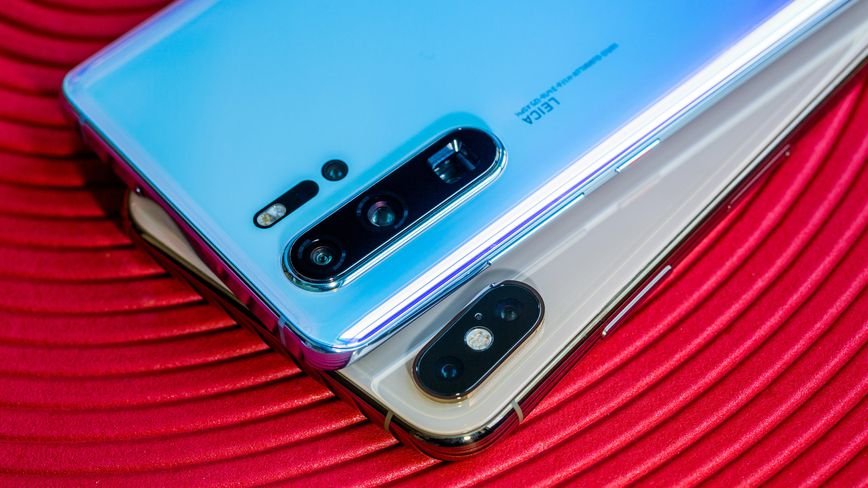
The iPhone XS Max and the Huawei's P30 Pro are equipped with the best cameras on the market. So which one of them is the best, really?
- Best Gaming Phones 2025: Top Devices for Mobile Gaming
- Huawei Band 10 Launches in India with Advanced Health Tracking Features
- After Windows Replacement OS, Huawei Set to Launch "Kirin X90" Chip for PCs to Replace Intel
For mobile users and enthusiasts, there are no wars that are fiercer than the one between iOS and Android. The reasons as to why some people hate iOS and love Android, and why some people love iOS and hate the other are too numerous to count. But one of the most highly contested aspects in this ‘war’ is photography: iPhones and numerous other Android phones boast that they have ‘the greatest camera(s) to ever exist’.
So what’s the consensus here?
The Contenders
This time, we will look at the Huawei P30 Pro, whose camera is possibly the best among Android phones, and the iPhone XS Max, Apple's current flagship smartphone.

Each of them has its own distinct advantages. The P30 Pro’s Leica quad-camera array allows it to zoom to distances previously unthinkable on a smartphone, having two zoom modes: 5x optical and 10x hybrid zoom. Furthermore, P30 Pro’s night mode generates an excellent night time shooting.
The iPhone XS, meanwhile, is equipped with a considerably less dramatic photography array, having only two standard lenses including a wide-angle and a telephoto lens. Still, despite what it lacks in hardware, the iPhone XS Max made it up with its excellent software. Apple’s flagship is loaded with great photography features like Smart HDR and the renounced Portrait Mode by employing computational photography. In other words, by letting images taken by the cameras be processed by the advanced processor and custom algorithms, each resulting photographs are crisper and more vivid.
For The Average Consumers And Amateur Photographers
If you’re just an average consumer who sporadically takes selfies, fun photos with friends, landscapes or the likes, the iPhone XS Max and the P30 Pro perform pretty similarly to one another. The same goes for amateur photographers who might not require the kind of quality that a DSLR can offer. General images taken on either phone are splendid: Sharp and well exposed. Both of the phones have dedicated HDR modes to enhance the dynamic range. In the iPhone XS Max, you have Smart HDR and in the P30 Pro, the mode is known simply as HDR. The modes on each phone have done their job pretty well, balancing highlights and shadows so that the former isn’t too blinding and the latter to not be awfully murky like so many photos taken on budget phones without HDR.
The colors are also extremely vivid and true to life. However, this is where the P30 Pro and the iPhone XS Max began to separate.
Shooting scenes that have a wide spectrum of colors on Master AI mode on the P30 Pro can make the photos extremely vibrant. Master AI identifies subjects in a scene and automatically adjust and balance the colors to fit better to the overall image. For example, greeneries and flowers can be eye-popping vibrant and the blues of the skies can be very deep. For those who prefer more muted colors, you can either turn this off or manually run the images through an image processor.
The iPhone XS Max, having the aforementioned software superiority, Apple’s phone has a better balance between vividness and saturation in my opinion. I’m sure that it depends on people to people, but the enhanced vividness on the P30 Pro seems to make it more artificial than the iPhone. The white balance on the P30 Pro has also been noted by a lot of people to be a bit warmer or yellow in some shots than on the iPhone.
But ultimately, the quality of the image cannot be comprehended if you were to view it through a bad screen. If you look at shots you have taken through the screens of the phones themselves. The P30 Pro’s photos look better than on the iPhone. On the other hand, on a computer screen, while P30 Pro's images looked more muted, they're still more vivid compared with those from the XS Max.
For landscape shots that require a sweeping view, the XS Max definitely falls behind the P30 Pro though you may want to keep in mind that photos taken in this mode are highly enhanced and saturated. Especially when you shoot landscapes with Master AI toggled on. So if you’re not fond of saturation, turn off Master AI and feed the photos through a photo processor to manually lower the saturation are good steps to take.
The P30: The Indisputable Long-Distance Shooter
Equipped with a pretty impressive array of lenses, the P30 is undoubtedly far more superior than the iPhone XS Max in terms of long-distance shootings. In fact, if you have been following tech news, wherever the P30 Pro is mentioned you would most likely hear its amazing periscope zoom lens being mentioned. It is the thing that gives the phone a 5x optical and 10x hybrid zooming power.
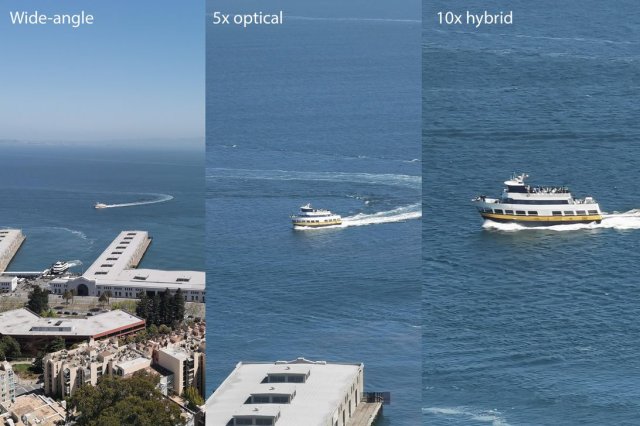
But these the optimal zooming levels, however. If you really push the phone to its limit, the camera set-up can expand the view to 50x with digital zoom. The zoomed-in photos can't be crystal clear, apparently, but it's already incredible to get this close regarding it's a phone, not a camera.
Such praises cannot be given to the iPhone XS Max, however. The 2x telephoto lens is rather pitiful in comparison to the P30. At the optimal 2x zoom level the telephoto lens is designed for, the resulting pictures are sharp and provided considerably more close-up details than the primary wide-angle lens could. However, when you hit the 10x zoom ceiling of the phone, the quality of the images took a noticeable downturn.
Portraits
Both of the phones have the so-called “Portrait Mode” to blur out the background behind the main subject to make the pop out and bring a bit more flair to the photo.
The iPhone employs both of the lenses to bring you this effect. You can manually edit the blur with an f-stop slider between f/1.4 and f/16. In addition to this, the iPhone also gives you several lighting effects to enhance the photo even further.
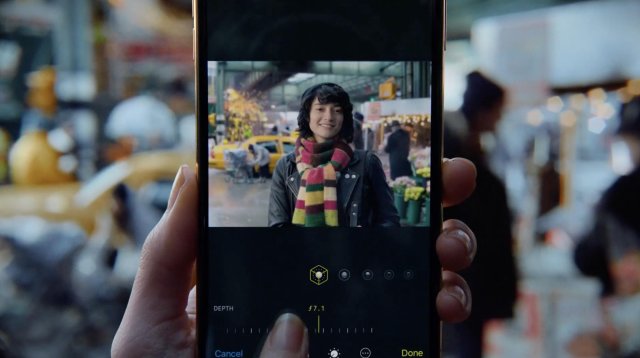
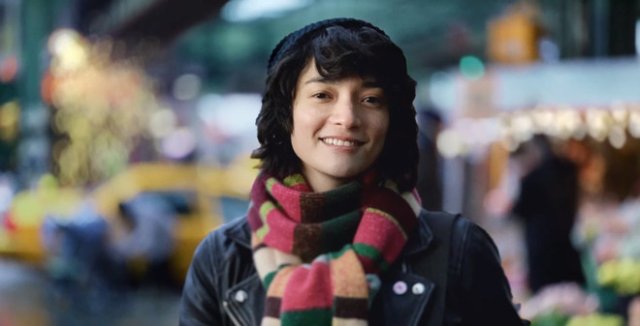
The P30 Pro offers you more or less the same thing though instead of letting you adjust the blur after you had taken the shot, the P30 makes you choose different blur effects before. The default blur is a bit subtle and doesn’t pop very much. Stage lighting is also offered and there’s a beauty mode you can opt for to touch up your face.
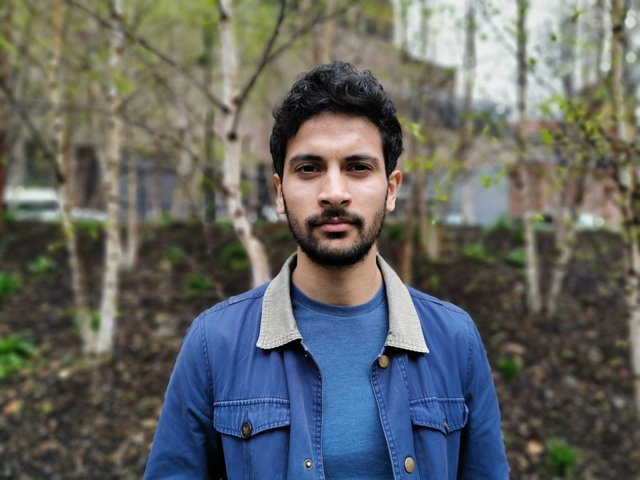
In the side by side comparison between the two phones, the image from the P30 Pro is considerably warmer than of the iPhone’s. Though that’s a fixable problem, you only need to go to the post-processing tab in Photos on the iPhone to fix it up.
Here’s where the P30 Pro fails: It can only take portrait pictures of humans. While the iPhone can take portrait mode photos of virtually anything. If you want to take pictures of objects with the P30 Pro, you can use the aperture priority mode.
Portrait mode photos taken by the iPhone also captured considerably more details of the face than the P30 Pro. Even when you use aperture priority mode and set the phone up for a shallow depth of field, the P30 Pro still doesn’t stack up to the iPhone XS Max. Edge detection is good on both phones so nothing to say much on that front: Both handled difficult details like hairs well and they generally got the edges right.
What’s surprising, however, despite the P30 Pro supremacy in night photography (More on that later), the phone struggled with making portrait mode photos in low light condition.
There’s one thing that the P30 Pro has over the iPhone, though. Huawei gave the phone’s default app a ‘Pro’ mode that lets you technically have full reign on your photos. Allowing you to change variables such as ISO, aperture, and focal speed on the go. Apple doesn’t allow you to do this on the default Camera app, however, and you need to get a third-party app for that.
Want to Take A Couple Selfies?
The P30 Pro is the way to go. In terms of selfies, the Android-running flagship blown the iPhone XS Max out of the water with its 32-megapixel front-facing camera. Furthermore, it seems like the front-facing camera of the P30 also has a tad bit larger perspective since it captured a wider angle of the visage than the iPhone. Both of them also supported portrait mode for the front-facing camera and both did good jobs at detecting faces.
The iPhone, supported by Smart HDR brings to the photos better highlight and shadow balancing than the P30 Pro. There’s no autofocus on the P30 Pro, though it’s not that bad of a setback.
P30 Pro’s Night Mode: Best Of Its Kind
Like I have mentioned numerous times throughout the entire article, the P30 Pro is fantastic at night photography and would be able to capture details you couldn’t even see with naked eyes. By lengthening the exposure time and reducing the ISO to flatten out the noises, the results are photos looking as if they were caught with the support of professional lightings. The photos would look even better if you have a light source - no matter how dim - included in the photo. As it would heighten the exposure and makes the photos even brighter than they already are.
Night pictures taken by the iPhone when compared with that of the P30 Pro look distinctively different. Although the iPhone’s photos are not particularly bad when there are light sources in the scene, the photos definitely can’t match the vibrancy of those taken by the P30 Pro.
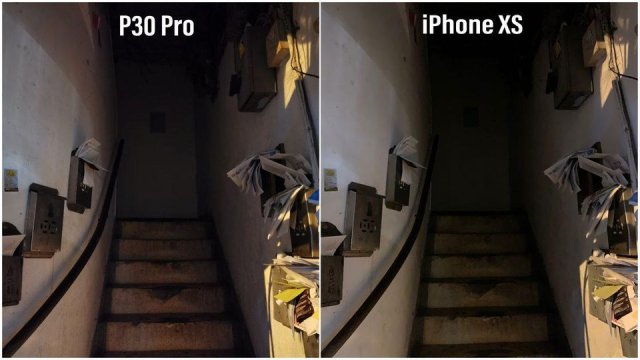
When the light source is removed, the iPhone also plummeted in performance. Noise and details loss is evidenced when the iPhone attempted to save the photo-shoot by heightening the ISO.
For photos taken with flash, while the iPhone did a better job at illuminating the scene, the colors are still better on the P30 Pro.
iPhone outperforms in video recording
While the iPhone seems to have lost to the P30 Pro in photo shooting, it wins in video capturing, as this has always been its strong point. Huawei's flagship generates videos with high saturation but a low dynamic range compared to the XS Max. It's worth noting that, both of these phones produce videos with rich and full sound quality.
In terms of video stabilization, while the P30 Pro's OIS features on the wide and periscope lens only, the iPhone includes the ultra-wide lens in addition. And the P30 Pro only goes for electronic and optical stabilization in case of shooting at 1080p.
In low-light conditions, videos taken by the P30 Pro is red and overly saturated, with more noise than its counterpart.
Regarding frame rates, both phones can shoot at 4K resolution, but the iPhone can record at 60 frames per second while the P30 Pro can only go up to 30fps. Furthermore, the XS Max automatically reduces frame rates to 24pfs if it detects low light, a feature called FPS.
And with slow motion at 240pfs, the XS Max lets you record at HD resolution and the videos are smoother while the P30 Pro can only do at 720p.
So who wins?
Throughout the entire comparison, there are certain things that the P30 Pro is good at, and there are things that the iPhone XS Max excels in. But we found that the P30 Pro is better than the iPhone XS Max in photography, especially night time and long distance photography. However, the iPhone puts up a pretty good fight having a better portrait mode and being almost all-around better than the P30 in cinematography.
If you’re a photo/cinematography enthusiast, you would still be happy with either of them. There is definitely more to buy in a smartphone than just the camera. So it will all boil down to your OS preference, brand preference, as well as budget, etc.
Featured Stories

Mobile - Oct 23, 2025
How Casual Games Are Winning the Mobile Attention War
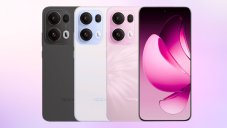
Mobile - Jul 03, 2025
OPPO Reno 14 Series Hits India: Launch Date, Cameras, and Specs
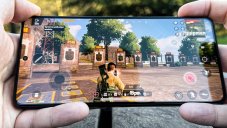
Mobile - Jun 12, 2025
Best Gaming Phones 2025: Top Devices for Mobile Gaming
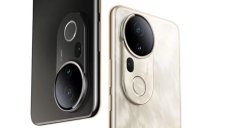
Mobile - Jun 12, 2025
Vivo T4 Ultra Debuts with MediaTek Dimensity 9300+ Chipset
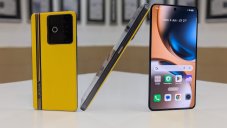
Mobile - Jun 08, 2025
Realme GT 7T Review: Power Meets Endurance in Controversial Style
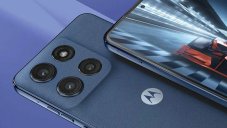
Mobile - Jun 08, 2025
Motorola Edge 60 Set to Debut in India This June
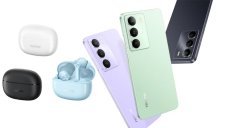
Mobile - Jun 07, 2025
Realme C73 5G Launches in India: Budget 5G Phone Starts at ₹10,499
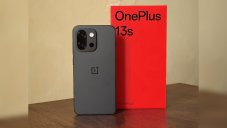
Gadgets - Jun 07, 2025
OnePlus 13s Makes Indian Debut: Compact Flagship Brings Premium Features at...
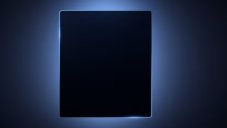
Mobile - Jun 04, 2025
Samsung Galaxy Z Fold 7 Ultra: The Next Chapter of Premium Foldables

Mobile - Jun 02, 2025
Comments
Sort by Newest | Popular